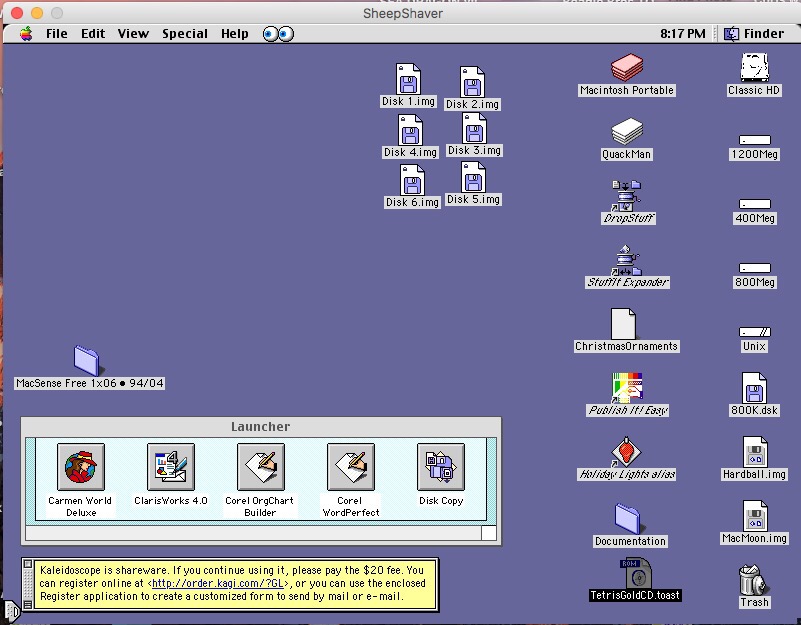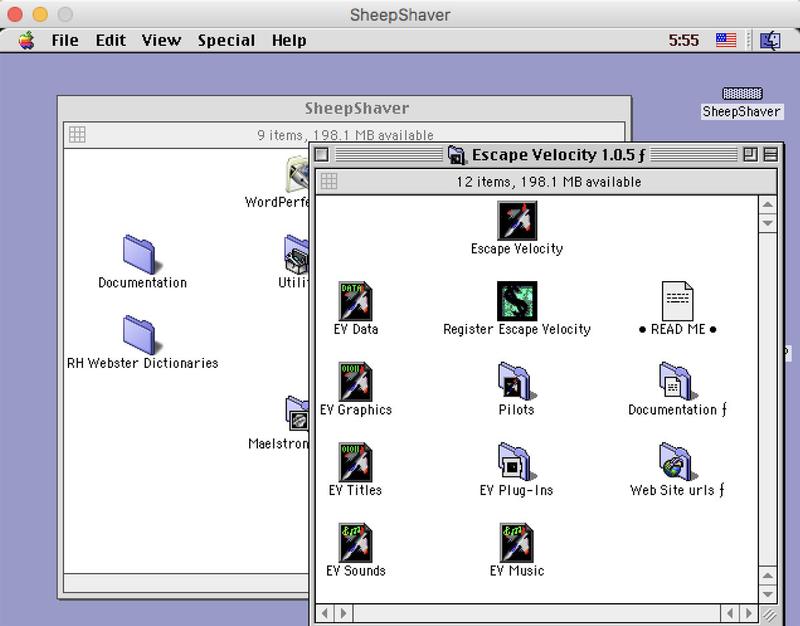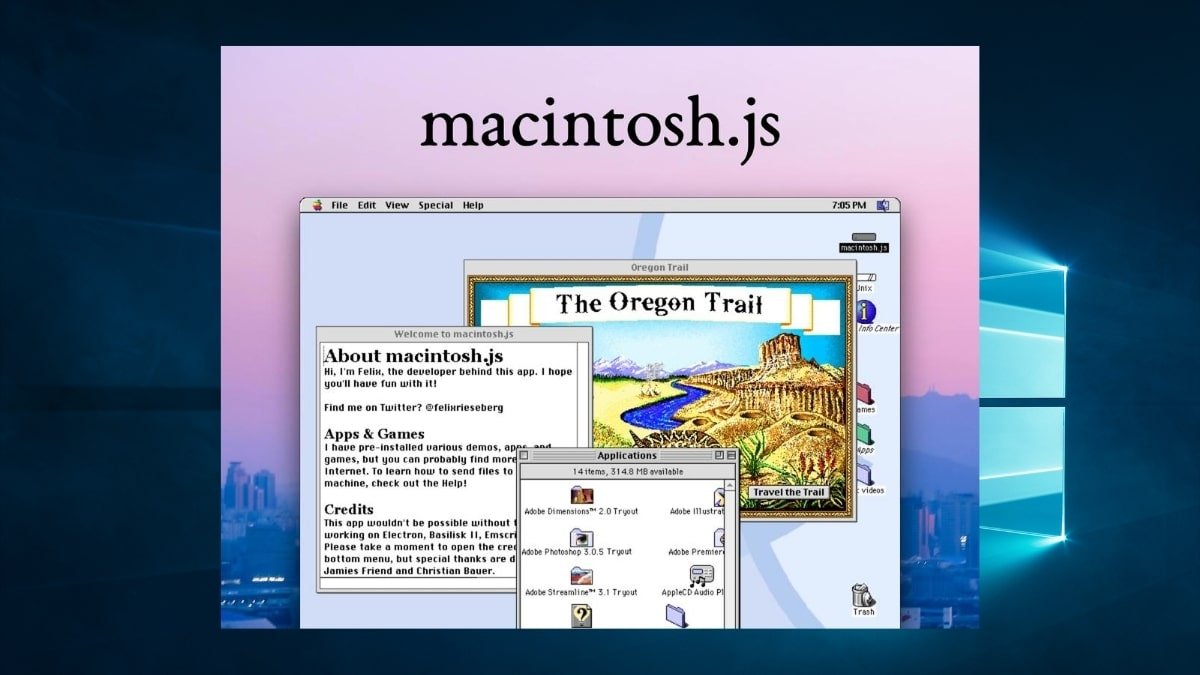

- #Mac os 9.2 emulator windows how to#
- #Mac os 9.2 emulator windows mac os x#
- #Mac os 9.2 emulator windows install#
- #Mac os 9.2 emulator windows software#
- #Mac os 9.2 emulator windows iso#
sudo zypper in qemu-tools qemu-kvm qemu-x86 qemu-audio-pa python3-pip # for openSUSE Tumbleweed sudo dnf install qemu qemu-img python3 python3-pip # …May 17, 2021 sudo xbps-install -Su qemu python3 python3-pip # for Void Linux. sudo pacman -S qemu python python-pip python-wheel # for Arch.
#Mac os 9.2 emulator windows software#
You should be comfortable compiling software from …Browse other questions tagged virtualization virtualbox mac qemu vmware-fusion or ask your own question. These instructions work for MacOS High Sierra as the host OS, although with some tweaking they may run under Linux/Windows.
#Mac os 9.2 emulator windows how to#
Here is a short guide on how to build QEMU to run Mac OS 9 with working audio. The Mac App Store version is identical to the free version and. While QEMU is powerful, it can be difficult to set up and configure with its plethora of command line options and flags. Under the hood of UTM is QEMU, a decades old, free and open source emulation software that is widely used and actively maintained.
#Mac os 9.2 emulator windows mac os x#
This post will cover that process, and how to hack a Mac OS X bundle or package to execute the precise QEMU command that we need.QEMU without the headache.

#Mac os 9.2 emulator windows iso#
It can run OSes and programs made for …Reboot without Ubuntu ISO attached. QEMU is a generic and open source machine emulator. QEMU is a hosted virtual machine monitor it emulates the machine’s processor through dynamic binary translation and provides a set of different hardware and device models for the machine.This is just an example of how to use it. This is just an example of creating a Virtual Disk for qemu and then executing a PowerPC Virtual Machine after defining a CPU, ROM type, and a path to an installation CD. Run the VM: qemu-system-ppc -L pc-bios -boot d -M mac99 -m 512 -hda macimage.img -cdrom path/to/disk/image.So I do this: Code: >qemu-system-i386 -netdev tap,ifname=tap0,id=mynet0,script=no -device i82559c,netdev=mynet0,macaddr=00. According to the qemu documentation, I should be able to set the mac address for at network card by adding macaddr=MACADDR to the device option. And, the most perplexing thing, there's no support for scroll wheel and right mouse button! I understand that Macs of the time came with single-button mice, but c'mon. Inclusion of third-party software with the OS felt very un-Apple to me. There's some third-party software installed with the system, and craploads more bundled on the installation CD for you to install manually. Files don't have extensions, but instead rely heavily on extended attributes in the file system to remember what type the file is and what program it opens in. There are desktop shortcuts to programs, something that feels Windows-only to me because no one does that in the modern macOS.

There are no status/tray icons in the menu bar, they're instead in a separate bar at the bottom left. The menu bar is there, but the item with the current app name is to the right and it's an app switcher what is now in that item, is under File, so you do File -> Quit.

There definitely are familiar elements and patterns, but it's. It was interesting to see how it evolved. Macs only started gaining popularity around the very end of 00s - probably not least because of the Intel transition and the ability to try out the OS as hackintosh.Īnyway. "Insanely expensive beautifully made things, very good with colors and fonts, that professional designers sometimes use and most people can't afford". Now, to set the context, I'm Russian, and back when classic Mac OS was current, Apple computers were generally stuff of legends. I recently ran Mac OS 9 on an emulator, out of curiosity, after having been using modern macOS/OS X/whatever you call it for the last 10 years.


 0 kommentar(er)
0 kommentar(er)
